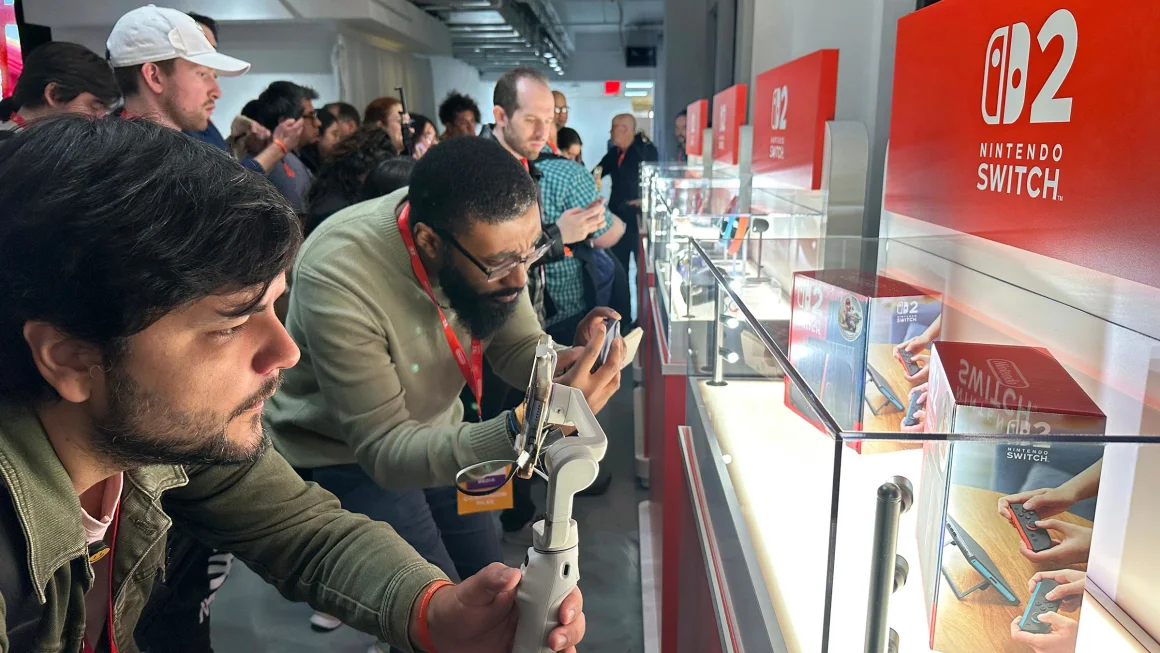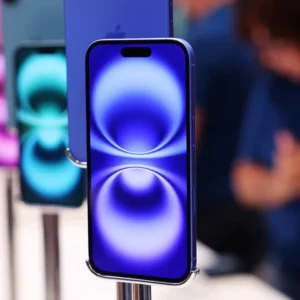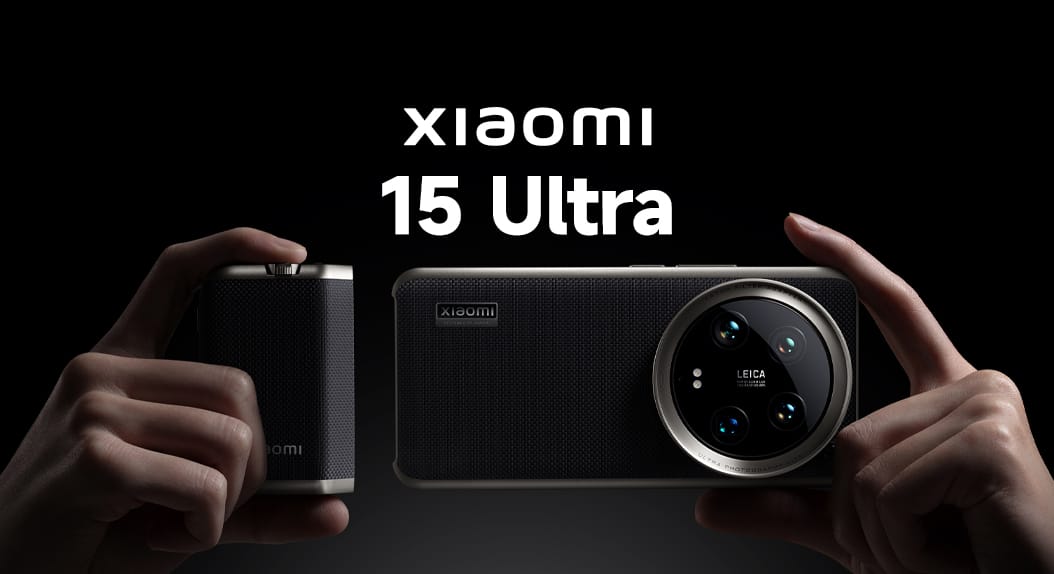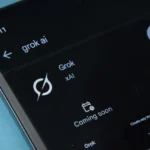The Revolutionary Screen Tech That Could Transform Devices
A screen that looks like a throwback from the 1980s might just be the future of display technology. Created using perovskite light-emitting diode (PeLED) technology, this screen is a breakthrough in the evolution of displays, offering a future where devices are thinner, cheaper, and more energy-efficient.
PeLEDs are distinct from the traditional LEDs used in smartphones today. What sets them apart is their ability to both absorb and emit light, a feature that could allow devices to integrate touch, fingerprint, and light-sensing capabilities into the same material. Researchers are working on overcoming challenges like controlling the direction of emitted light to improve display functionality.
One major advantage of PeLEDs is their efficiency. Prof. Feng Gao, a key figure in this development, explains that these displays can integrate various functions like heart-rate sensing, fingerprint verification, and light detection into a single slab of material. This integration could eliminate the need for separate components, reducing device complexity and power consumption.
However, there are obstacles to overcome, such as the stability of PeLEDs. The material tends to degrade with exposure to moisture or oxygen, which can affect the color purity of the emitted light. Despite this, PeLEDs show promise for producing more efficient, cost-effective displays compared to existing technologies like OLEDs.
PeLED technology is still in the lab stage, with prototypes showing promising results. While commercialization may take years, advances like photoluminescent perovskites—which can enhance brightness and efficiency in displays—could bring us closer to seeing this technology in consumer products.
With further improvements in stability and efficiency, PeLEDs may soon power the next generation of mobile devices, offering better performance and energy savings.














